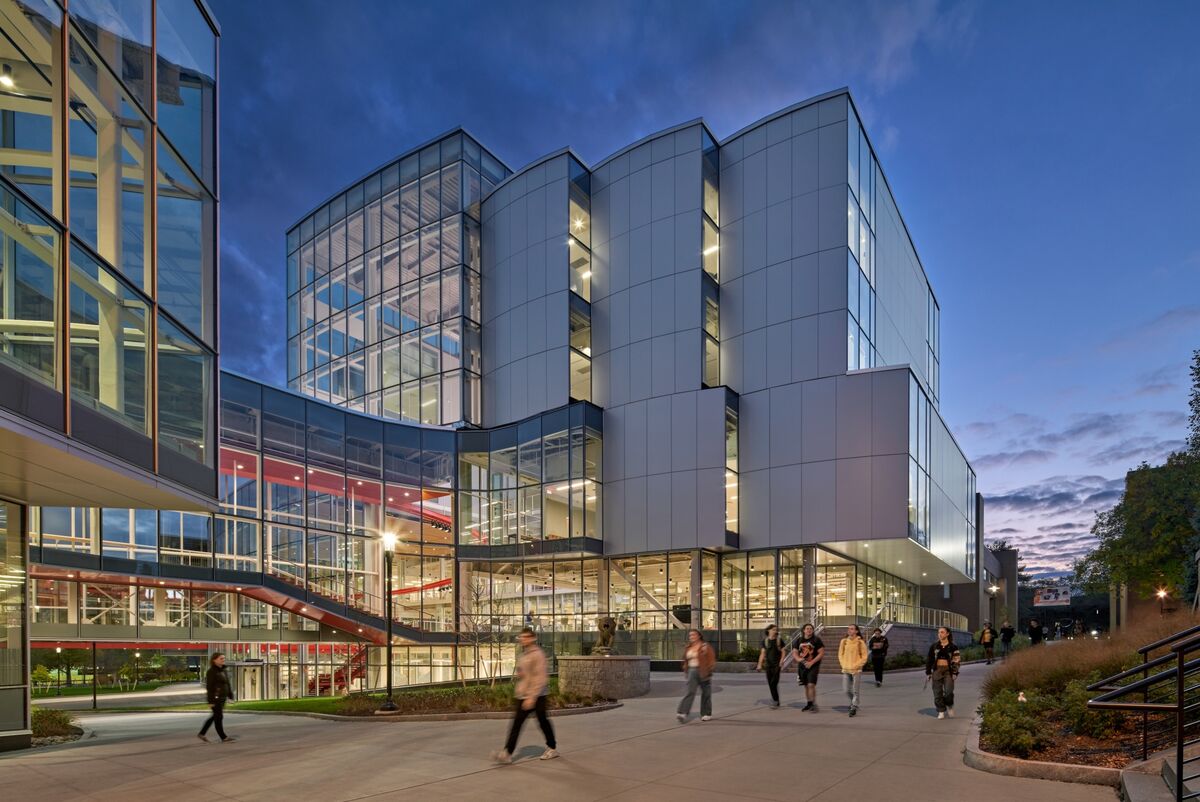- Sat. Apr 20th, 2024
Latest Post
Meta’s Cutting-Edge AI Image Generation Feature: Imagine Unleashes Creativity with Real-Time Detailed Images
Meta, the social media giant, has recently launched a new AI image generation feature called Imagine. The feature utilizes Meta’s advanced AI model, Llama 3, to create high-quality and detailed…
Rochester Institute of Technology Opens New Student Hall for Exploration and Development: A Showcase of Creativity and Innovation
The Rochester Institute of Technology’s latest addition to its campus is the 180,000-square-foot Student Hall for Exploration and Development. Unlike other buildings that showcase engineering or robotics feats, this new…
Swedish Pole Vaulter Breaks World Record for Eighth Time in Diamond League Meet: Duplantis Looks to Clear 6.25 Meters Next
In a historic performance at a Diamond League meet in Xiamen, China, Swedish pole vaulter Mondo Duplantis broke the men’s world record for the eighth time. The impressive feat came…
Addressing Racial and Ethnic Health Disparities: Lessons from the Commonwealth Fund’s Report on Texas”.
A recent report from the Commonwealth Fund has highlighted the severe racial and ethnic health disparities in Texas compared to other states in the Southwest. Black and Hispanic Texans face…
New Leadership for PeaceHealth: Carol Aaron, Dr. Ione Adams and Lorraine Arvin Join Board of Directors
PeaceHealth, a Vancouver-based organization, has recently appointed new members to its Board of Directors. Carol Aaron has been named as the new chair, taking over from Karl Carrier who served…
Breaking Down Zoran Milanović’s Defiance: Constitutional Expert and Croatian Politician React to Court Decision
After the Constitutional Court decision that Zoran Milanović cannot be the prime minister or head of government, reactions from politicians and constitutional experts have emerged. One such reaction came from…
2021 World Athletics Race Walking Championships in Antalya: Indian Contenders and Olympic Qualifying Opportunities
The World Athletics Race Walking Team Championships will be held in Antalya, Turkey on a 2km looping course near the Expo Centre. The start and finish lines will be located…
ULS Technology Surges in Trading on Friday, Indicating Financial Stability and Market Growth Potential.
ULS Technology plc (LON:ULS) experienced an increase in trading activity on Friday, surpassing its fifty-day moving average. The stock reached a high of GBX 73.80 ($0.92) and closed at GBX…
Protecting Your Baby from Meningococcus: The Importance of Early Vaccination in Vietnam
As a parent, you are concerned about the health and safety of your two-month-old baby. You are wondering if he should be vaccinated against meningococcus, a bacterial disease that can…
Triumphant Triathlon: Luke Willian Secures First Place at World Triathlon Cup in Wollongong, Australia
At the World Triathlon Cup 2024 in Wollongong, Australia, Luke Willian emerged victorious in the elite men’s event. The Australian athlete clinched the gold medal with an impressive overall time…


